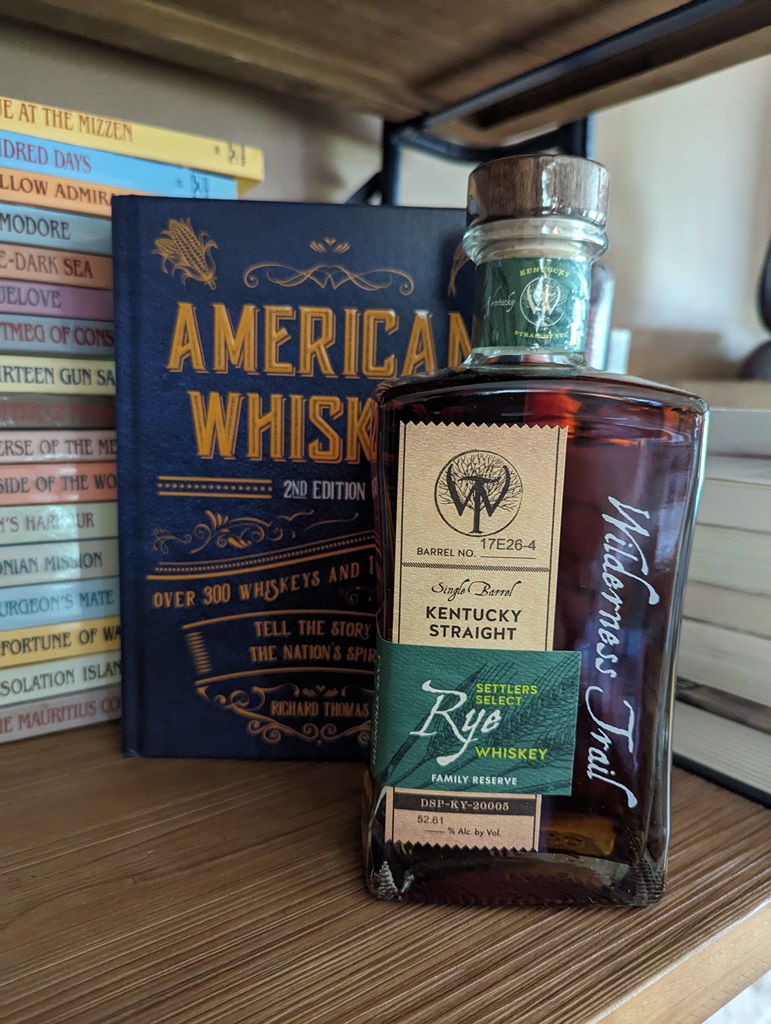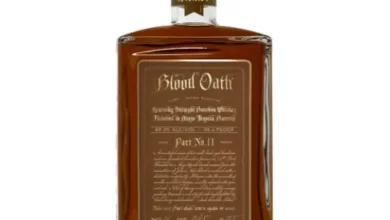Barrel Rinsing: What Is It And Where Is It Going?
By Richard Thomas

(Credit: Jim Beam)
As rising demand continues to place the pinch on certain whiskey brands, drinkers should expect to see a wider application of the process known as barrel rinsing. Jim Beam Devil’s Cut was introduced using the barrel rinsing technique, and was the first known example of a major product using barrel rinse whiskey as part of its formula. Then in the wake of the public rejecting their plans to water down its whiskey, Maker’s Mark announced that they would resort to barrel rinsing to eek out their supply. Both companies are part of Beam Global, and if Beam’s experience tells us anything, it is that at least a few more brands will reach for barrel rinsing as a means of meeting demand in the future.
The Rinsing Process
Light rinsing with a few gallons of water to extract a little extra whiskey is a standing practice with many distilleries already, but full-on barrel rinsing is something very different. Brown-Forman, the company that owns Jack Daniel’s and Woodford Reserve, patented a process whereby standard, 53-gallon barrels are filled to between 1/3 and 1/2 with water, and left to sit for at least three weeks so as to extract substantially more whiskey from out of the wood fibers of the barrel’s interior.
Beam Global is secretive about their process, but it is known to use agitation, with Fred Noe describing it as shaking “a barrel like a paint shaker.” This differs from the Brown-Forman version, which does not agitate the barrel.
Trickle Down Effects
Some in Scotland have already expressed concerns over the possibility that if deep barrel rinsing of the type employed by Beam Global or described by Brown-Forman became widespread, it would have serious consequences for scotch-making. Unlike American whiskey, which is aged in new oak barrels, scotch is made principally with used barrels, including ex-bourbon barrels.
If those barrels have had the dregs of their whiskey wrung from them, they aren’t of much use to scotch-makers. In this way, the manner in which bourbon-makers respond to their shortages could have the ripple effect of deepening the supply problems for certain types of scotch. It may also trouble other industries in need of used bourbon barrels, such as beer-makers and niche outfits like Bourbon Barrel Foods.
Small Barrel Aging Instead?
The degree barrel rinsing takes off will depend largely on how the dregs thereby extracted effect the end flavor, since whether drinkers take to barrel rinse products has a bigger effect on the bottom line than barrel resale. As one might expect, whiskey squeezed out of wood has a very woody profile, packing it with tannins, smoky barrel char, vanilla, and other wood flavors. The result is something that seems older and woodier than it really is.
Yet barrel rinsing isn’t the only way to deliver those wood-heavy flavors. Small barrel aging does a similar job, although paradoxically some of the most enthusiastic defenders of the barrel rinse flavor are also strongest critics of small barrel aging. At the micro-distillery end of the industry, a handful of producers either are mixing young, big barrel and small barrel whiskeys, or have expressed an interest in doing so.
Given that even intensive barrel rinsing yields only several gallons of additional, wood-heavy whiskey, while destroying the resale value of the barrel, small barrel aging and its quick turnaround time could function as supplement or alternative to barrel rinsing. For that to happen, though, the big American whiskey producers will need to drop their hostile stance towards the practice, and the micro-distilleries attached to it.
It may be that a big bourbon company in a pinch will prefer to do as Beam Global has done and rinse its barrels, rather than give credence to an aging practice that is currently the exclusive province of small operators. Yet I suspect most producers will do neither, and simply acclimate to demand out-stripping supply if it comes to that.




Maker’s Mark has barrel dregs in it? Ugh.
I love wines with stuff in it. And I love whiskey to be the same- like my rum. Preferably not caramel colored. Or sugar added.
Whiskey shouldn’t be souless!